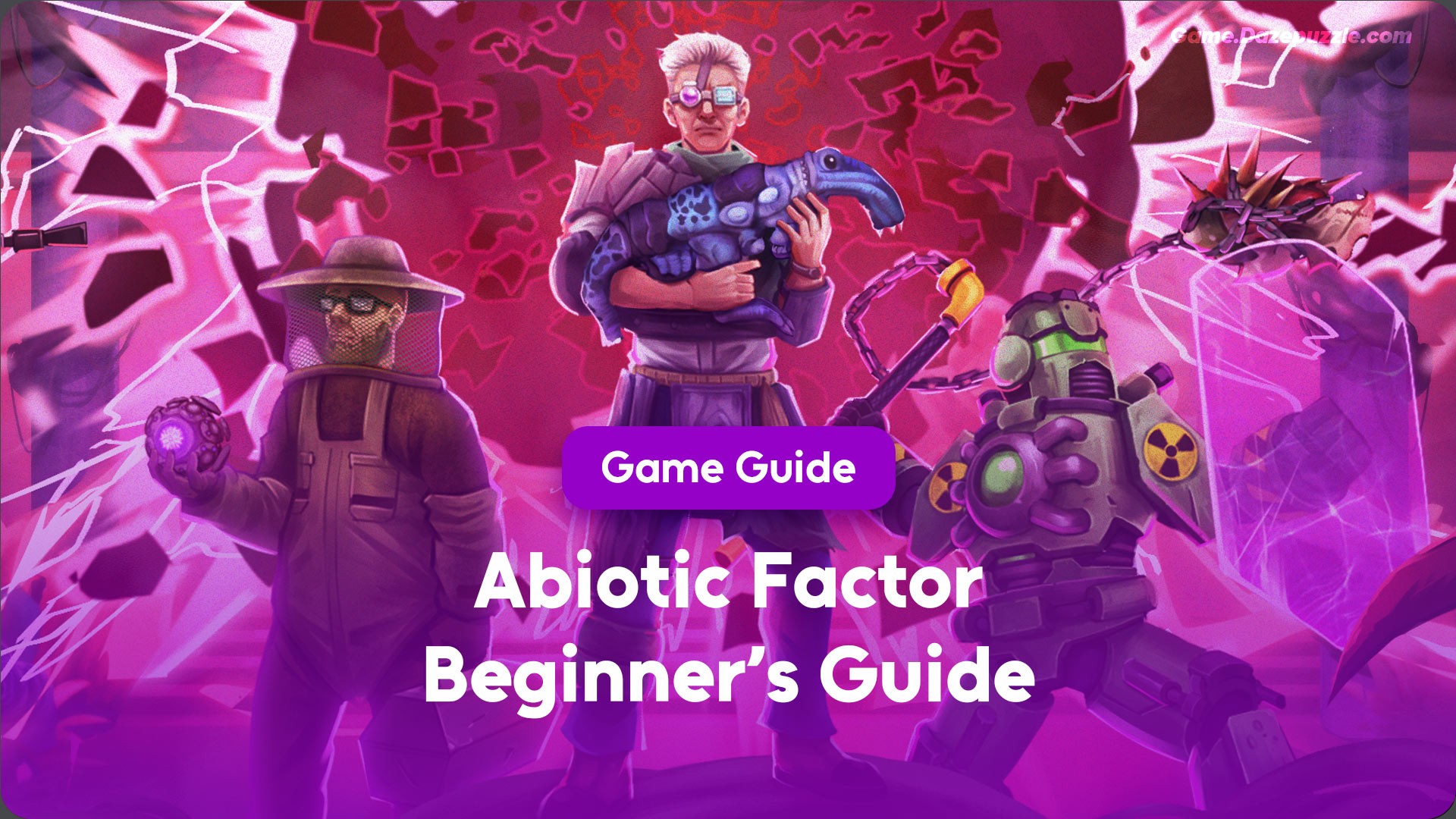The oppressive silence of the GATE facility is the first thing that hits you, a heavy blanket broken only by the distant hum of failing machinery and the unnerving skitter of things that shouldn’t exist. You’ve been thrown into a disaster that feels like a love letter to 90s sci-fi horror, a perfect storm blending the clinical dread of the SCP Foundation with the chaotic energy of a Half-Life resonance cascade.
For any new scientist facing this catastrophe, the initial hours are unforgiving. That’s why a solid plan isn’t just helpful, it’s critical. This Abiotic Factor Beginner’s Guide is your comprehensive roadmap, meticulously designed to transform you from a panicked employee into a resourceful survivor, ensuring you have the knowledge to craft, build, and fight your way to freedom.
What’s in our Abiotic Factor Beginner’s Guide?
First Steps Into Chaos: Your First Day at GATE
Your journey begins in the relative safety of a cafeteria, but this calm won’t last. The first 30 minutes of your experience are critical, setting the stage for your entire playthrough. Your decisions here, from your professional background to how you handle your first pangs of hunger, will have lasting consequences.
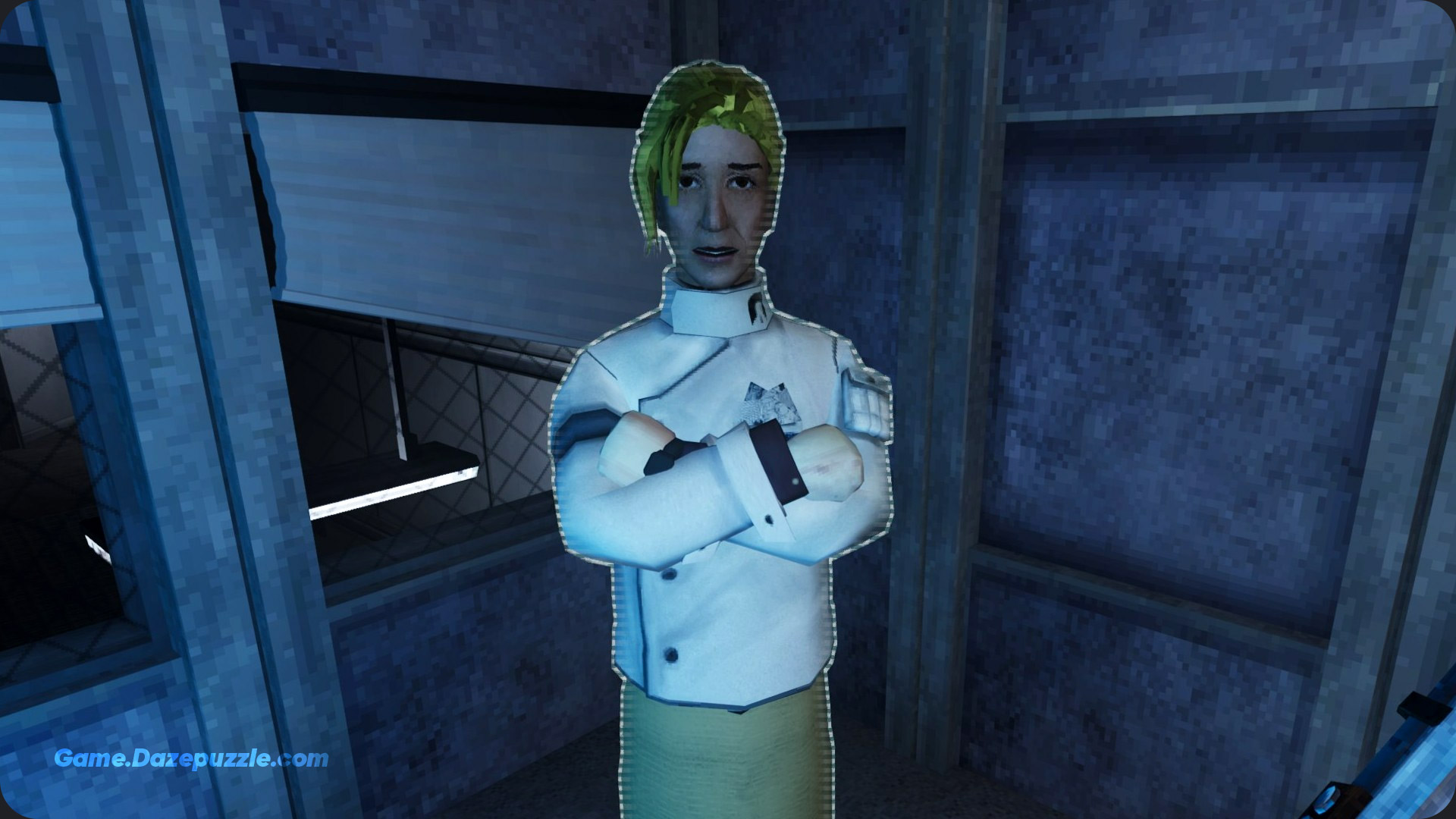
Choosing Your Scientific Specialty: Jobs and Traits Explained
Before you take a single step, you must create your scientist. This process involves picking a Job and a set of Traits. While your Job gives you some starting skill bonuses, it’s the Traits that truly define your character. Skills can be leveled up over time through practice, but Traits are permanent modifiers. Therefore, a smart strategy is to prioritize powerful, game-changing Traits, even if it means starting with a less specialized Job.
The Summer Intern is arguably the best starting Job for new players. It provides a generous 12 points to spend on Traits, offering maximum flexibility to build a powerful, customized character from the ground up. In contrast, the Defense Analyst is the most restrictive choice, offering only 5 points and forcing you to take the “Slow Learner” negative Trait, making it a poor choice for solo players. Other roles like the Archotechnic Consultant (for builders) or the Somatic Gastrologist (for chefs) are excellent for co-op play but less flexible for a solo run.
The Trait system is where the real magic happens. You can gain points by selecting negative Traits (in red) to spend on powerful positive Traits (in blue). The single most valuable positive Trait in the game is Fanny Pack. Costing a steep 10 points, it adds two extra slots to your hotbar. This is an absolute game-changer, as you’ll constantly be juggling tools, weapons, and consumables. Another top-tier choice is Wrinkly Brainmeat, which grants a 20% XP boost to all skills, accelerating your progress significantly.
To afford these, you’ll need to pick some “safe” negative Traits. Hearty Appetite, Dry Skin, and Weak Bladder are excellent choices. They increase the rate at which you get hungry, thirsty, and need the restroom, but these needs are easily managed once you establish a basic routine, effectively giving you free points. Avoid crippling negative traits like Fear of Violence, which locks your combat skills, or Feeble, which permanently reduces your health.
The Golden Rule: Understanding Your Basic Needs
Your survival depends on managing four core needs displayed at the bottom left of your screen: Hunger, Thirst, Fatigue, and Continence (the need to use the toilet). In the beginning, you can rely on vending machines and water coolers. However, these are finite resources. The game quickly pushes you toward sustainable, albeit more dangerous, sources like contaminated water from pools or radioactive meat from alien creatures.
Your primary goal for the first day should be to establish the infrastructure for self-sufficiency. Don’t just live hand-to-mouth; think about how you’ll process unsafe resources into usable ones. This proactive mindset is the key to long-term survival in the harsh environment of the GATE facility. Boil contaminated water in a cooking pot, and cook alien meat to reduce its radioactivity.
Mastering the Fundamentals of Survival
Once you’ve addressed your immediate needs, it’s time to learn the core mechanics that will carry you through the rest of the game. This means getting your hands dirty with crafting and learning the brutal calculus of combat.
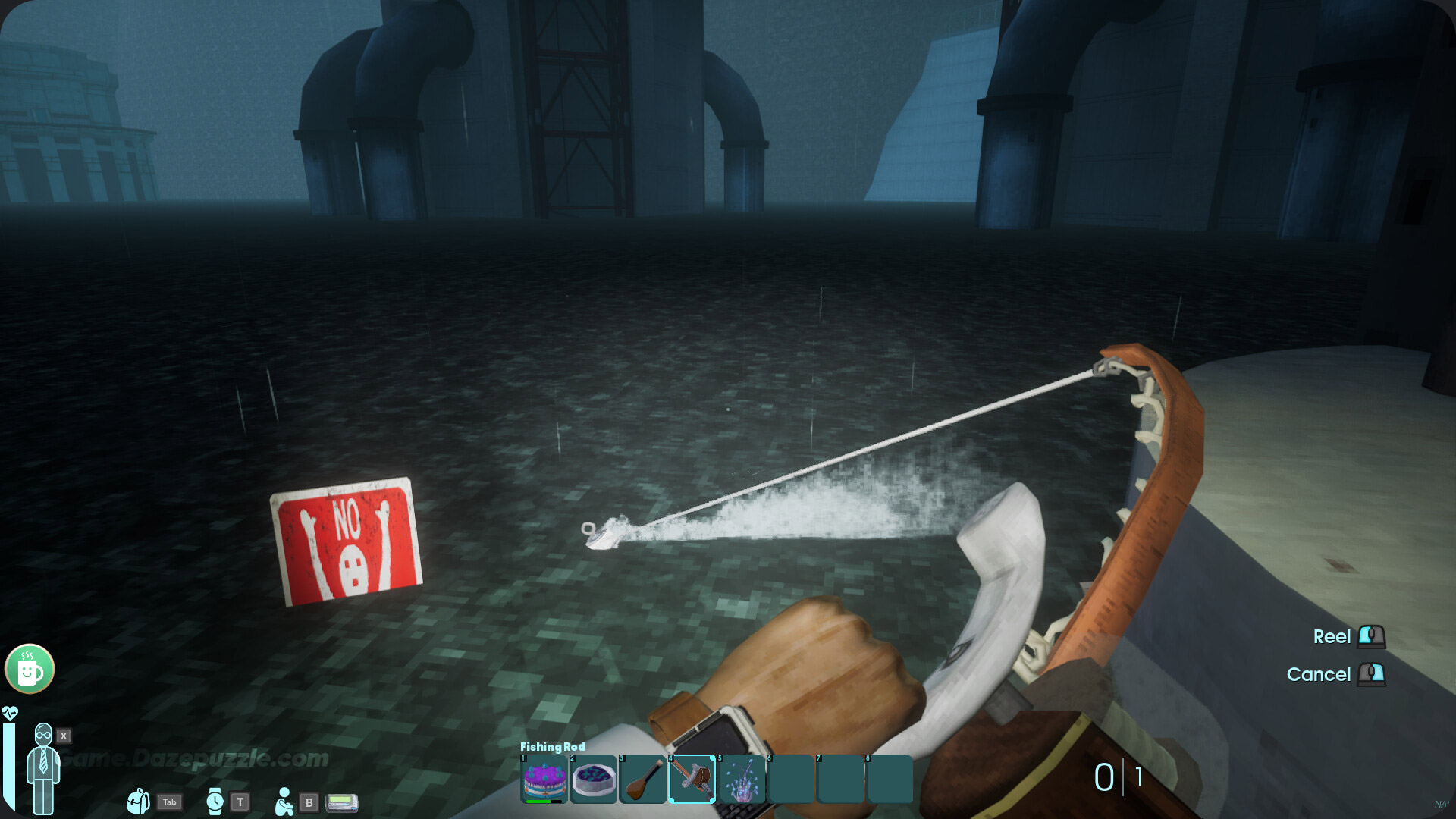
The Heart of Progression: Your First Crafts and the Tech Tree
Your brain is your greatest weapon. Abiotic Factor’s crafting system is all about using your scientific intellect to turn mundane office supplies into ingenious tools of survival. The first and most important item you need to build is the Crafting Bench. You’ll need duct tape, metal pipes, and a power supply unit scavenged from a computer. Place it near a power outlet to get started.
Once your bench is powered, prioritize crafting a few essential items. A Pipe Club (made from a pipe and a pressure gauge) is a reliable early-game blunt weapon. A Shiv (a makeshift knife) is crucial for butchering creatures for food. Perhaps most importantly, craft a Screwdriver. This tool is vital for packaging furniture, allowing you to move large items like couches and water coolers to your base. Finally, craft a Net. This tactical tool can immobilize early-game enemies, giving you a safe window to attack.
Combat 101: When to Fight, When to Flee
The game makes one thing clear: you are a scientist, not a soldier. Combat is often a last resort, and approaching it with brute force is a recipe for disaster. The system is tactical and deliberate. You must learn when to engage and, more importantly, when to run away. Fleeing is not a sign of weakness; it’s a strategic decision to conserve resources and fight another day.
Your first encounters will likely be with Pests, small headcrab-like creatures, and Peccaries, larger dog-like beasts. The key to fighting them is exploiting their weaknesses. For Peccaries, the safest strategy is to throw a Net over them. This traps them for a few precious seconds, allowing you to land several safe hits to the head with your Pipe Club. This tactical approach is far more effective than a direct assault. Always aim for the head, as headshots deal significantly more damage and can stagger enemies, giving you a crucial advantage.
Building Your First Safe Haven: Base Building Essentials
Your base is more than just a place to store your loot. It is your sanctuary, your laboratory, and your command center. A well-designed base marks the transition from merely surviving to actively thriving.
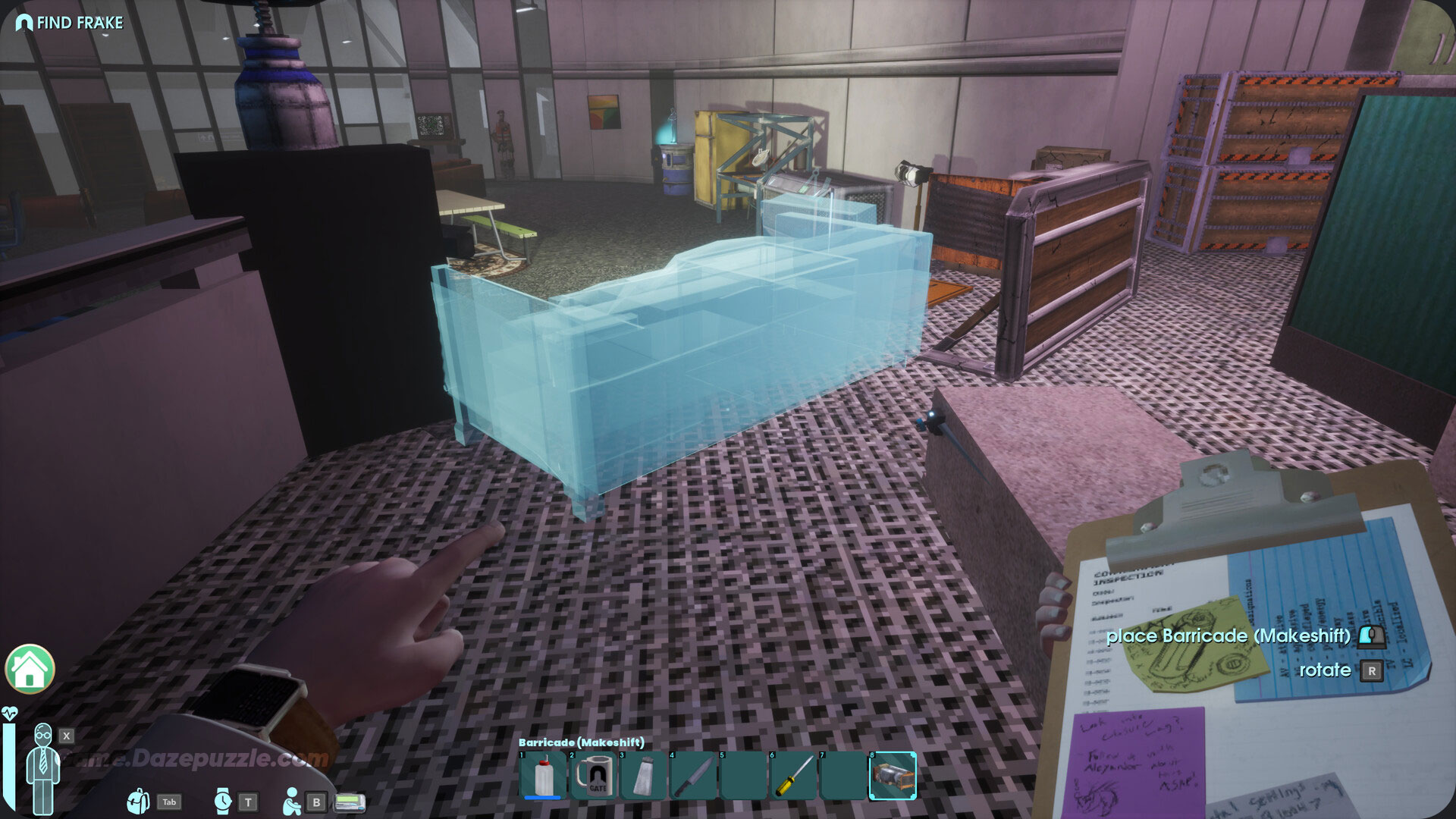
Location, Location, Location: Finding the Perfect Spot for Your Base
Choosing the right location for your first major base is a critical strategic decision. Look for a spot with several key features: reliable access to power outlets, proximity to a renewable water source (even a contaminated one), a central position that allows for easy travel, and defensible chokepoints with limited entrances.
While the starting cafeteria is a convenient option, many players find the Security Office on the second floor to be the ideal location in the Office Sector. It’s spacious, has lockable metal shutters for excellent defense against night-time raids, multiple power outlets, and great access to the main tram lines. The nearby gym and pool area is another strong contender due to its unlimited supply of water for boiling.
From Scraps to Structure: Your First Fortifications
A functional base needs several key components. Your Crafting Bench, when powered, creates a “Home Sweet Home” safe zone where enemies won’t naturally spawn. However, the facility’s power shuts off at night. To keep your safe zone active, you must craft Makeshift Batteries and wire them between the wall socket and your bench. This is your top priority after establishing a location.
Storage is another major concern. You will quickly accumulate a massive amount of resources. Build numerous Storage Crates and label them to keep your materials organized. A Makeshift Bed, created from a packaged couch, will serve as your respawn point. Finally, find an Anvil to build a Repair and Salvage Station. Repairing items with basic scrap metal instead of expensive duct tape will save you a fortune in resources over the long run.
Defending Your Research: Surviving Base Raids
Periodically, the game will warn you that “the air feels strange tonight.” This is your signal that a raid is coming. During the night, a wave of enemies will spawn and attack your base. To survive, you must fortify your position. Create chokepoints by blocking off entrances with heavy furniture, forcing enemies down a single, narrow path. Then, deploy traps like the Chopinator and Shock Trap in that path to shred and stun attackers before they can reach you.
Exploring the Depths of the GATE Facility
With your basic needs met and a secure base established, it’s time to start exploring the sprawling underground complex. Progress in Abiotic Factor often feels like a Metroidvania; your path is blocked by obstacles that require a specific “key” you must craft yourself.
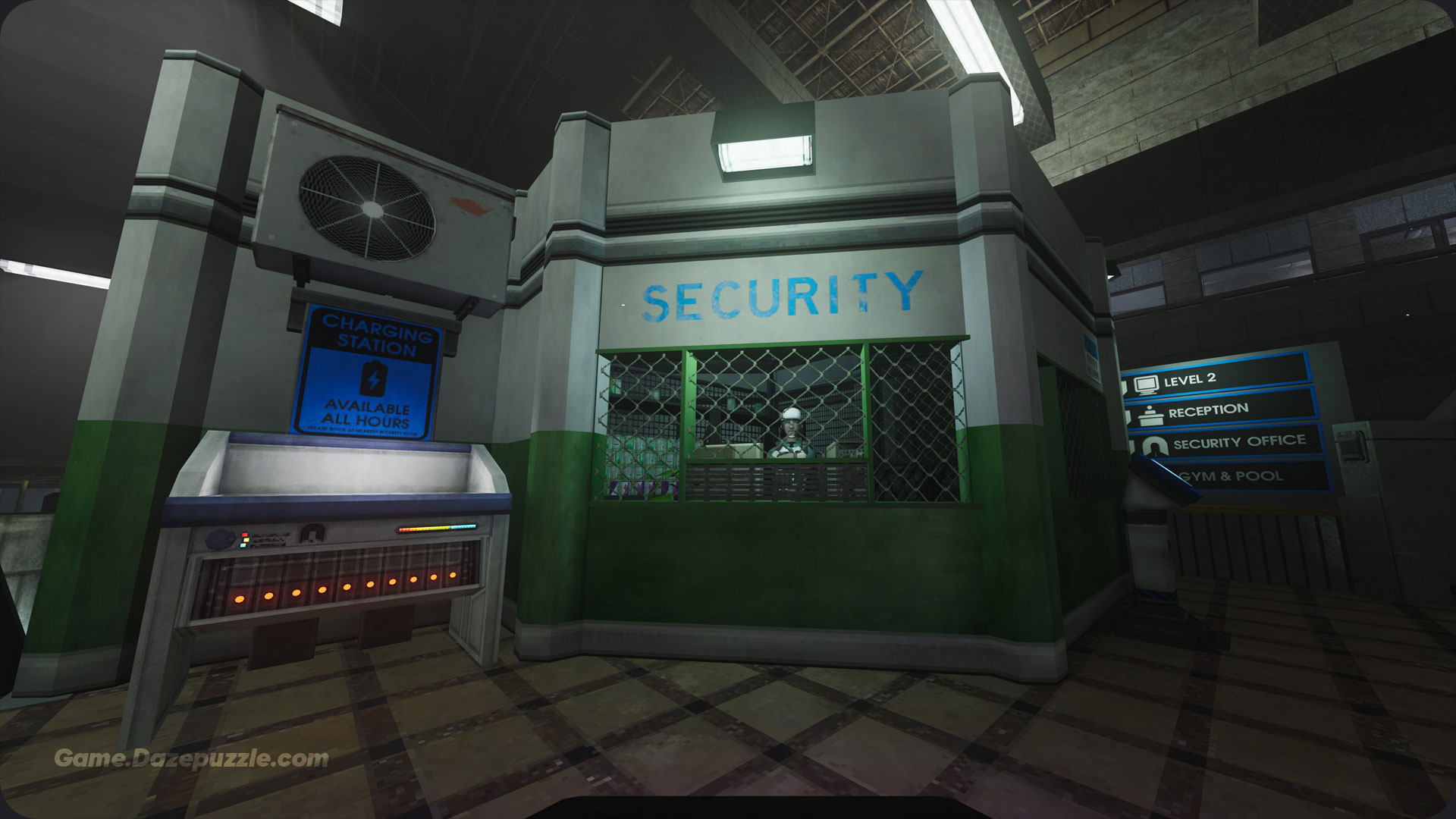
Navigating the Sectors: Understanding the World Layout
The GATE facility is divided into distinct sectors, connected by trams and portals to alien dimensions. Your first major goal is to escape the initial Office Sector. To do this, you’ll need to craft specific items to bypass security lockdowns. The Energy Brick and the Keypad Hacker are two of the first major progression gates you’ll encounter. Crafting the hacker will force you to hunt your first Security Robot for its CPU, a significant early-game challenge. A good tactic is to lure the robot into an electrified puddle of water or use traps to wear it down from a safe distance.
Looting with a Purpose: What to Keep, What to Scrap
Inventory management is a constant challenge. You must learn to differentiate between high-value junk and low-value junk. Certain items are incredibly rare and essential for advanced crafting. Staplers, for instance, are needed for crucial lens components and should be grabbed on sight. Coils from monitors, screws, and duct tape are other high-priority resources.
Conversely, items like wood planks and plastic scrap are abundant. Don’t weigh yourself down by hoarding them excessively. Learn to scrap what you don’t need to get raw materials. A smart looter is an efficient survivor.
Strength in Numbers: The Power of Co-op
While Abiotic Factor is a fantastic solo experience, it truly shines in co-op. Teaming up with fellow scientists transforms the game, opening up new strategic possibilities.
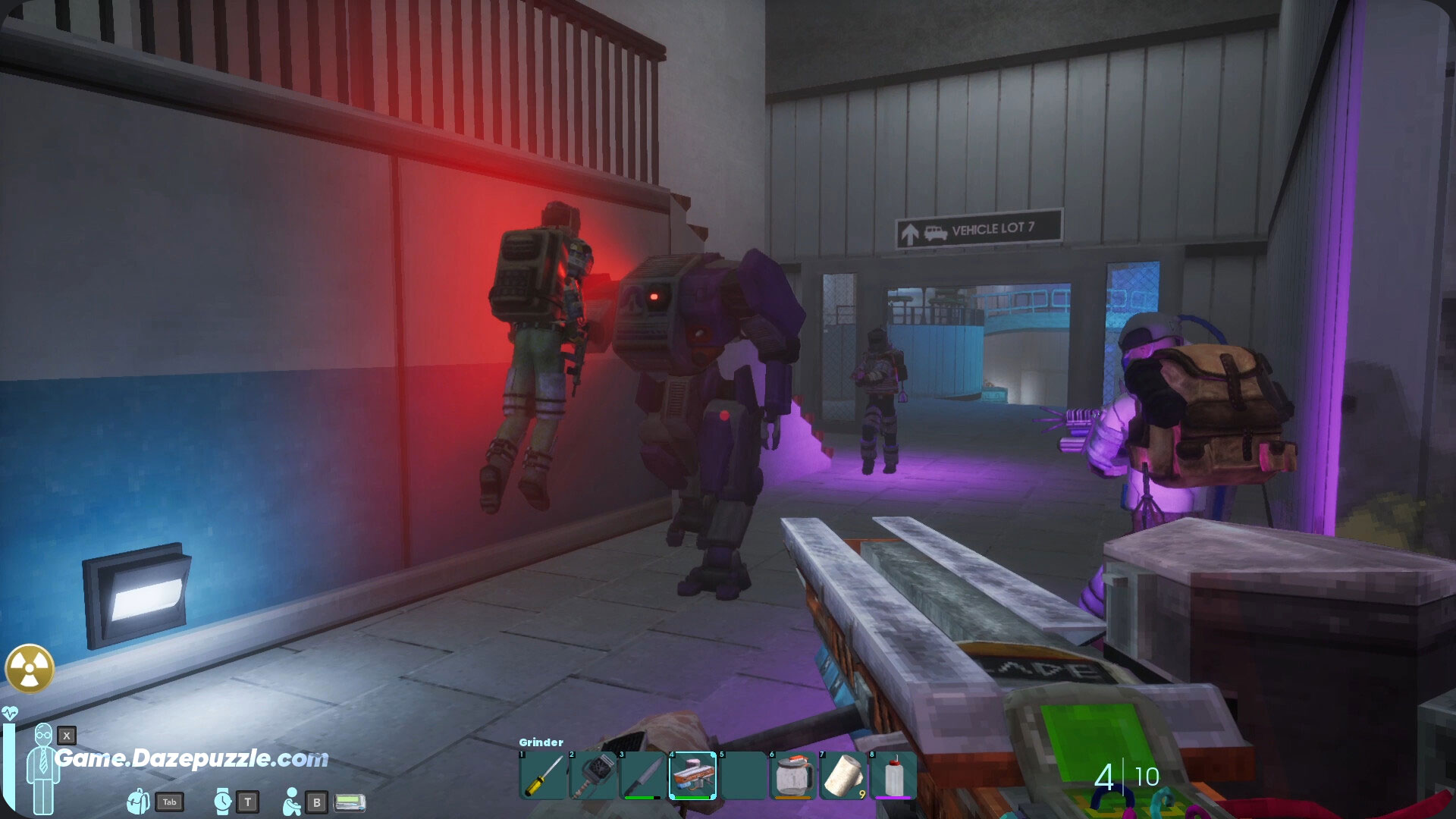
Synergizing Roles for Maximum Efficiency
Different Jobs and character builds can create powerful synergies. A team with a dedicated builder (Archotechnic Consultant), a medic (Epimedical Bionomicist), a chef (Somatic Gastrologist), and a combat specialist can operate with incredible efficiency. The builder can fortify the base while the chef cooks powerful buff-granting soups, and the medic can patch everyone up after a dangerous expedition led by the combat expert.
Communication is Key: Tips for a Healthy Team
Effective communication is the cornerstone of successful co-op play. Clearly defining roles, sharing resources, and coordinating during combat and exploration will make your team far more effective. A well-organized group of scientists can overcome any threat the GATE facility throws at them, turning a terrifying ordeal into a thrilling collaborative adventure.
Advanced Systems: Mastering Your Doctorate
Once you’ve mastered the basics, it’s time to delve into the game’s deeper systems. This is where you truly begin to outsmart the facility.
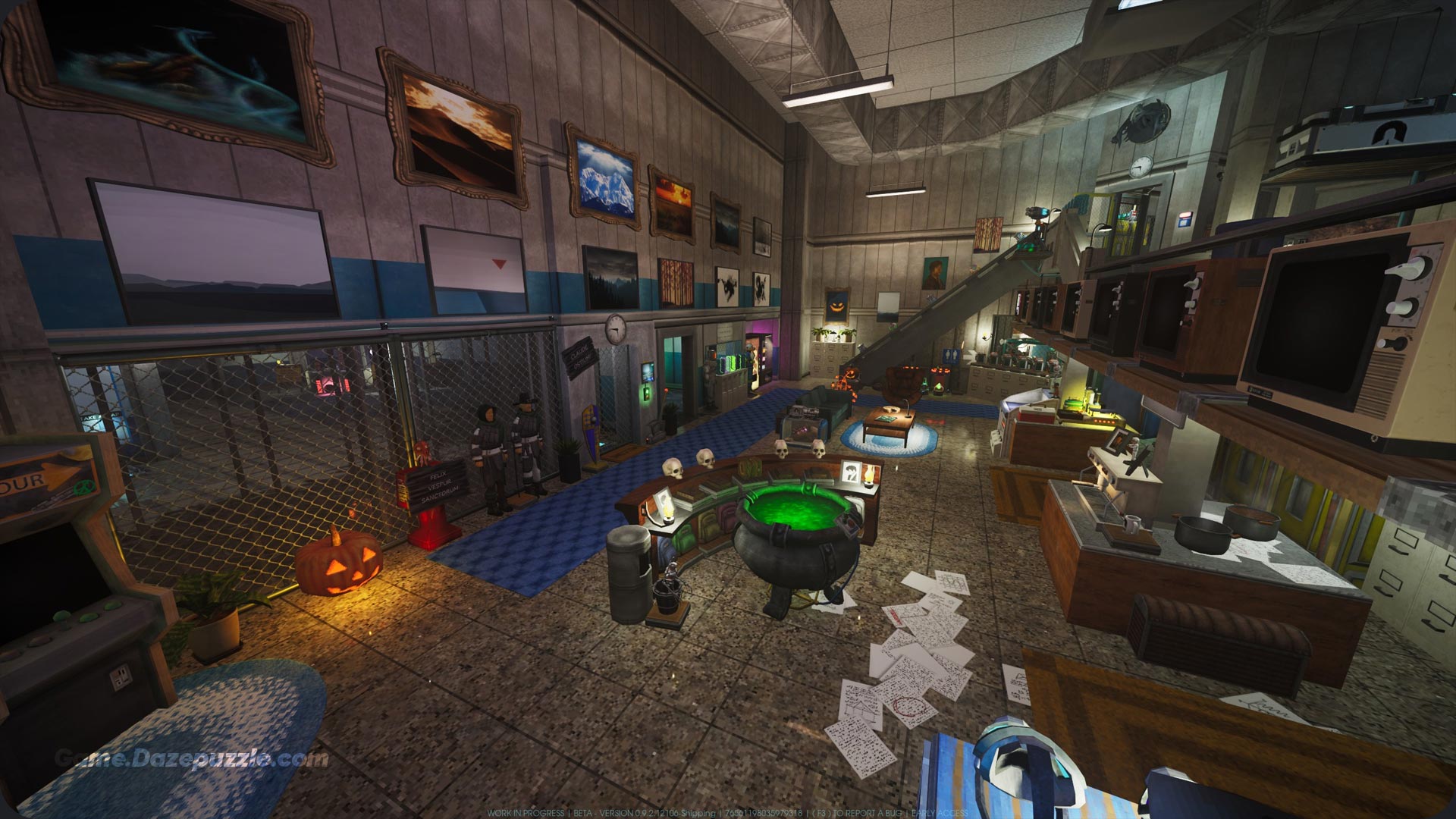
The Culinary Arts: The Overlooked Power of Soup
Cooking, especially making soup, is one of the most powerful mechanics in the game. Once you reach level 3 in the Cooking skill, you can craft a Cooking Pot. Soups not only satisfy hunger and thirst simultaneously but also provide powerful, long-lasting buffs. For example, Meaty Stew boosts your combat XP gain, while Bland Pea Soup enhances your fitness skill progression. Learning a few key recipes can give you a significant edge in any situation.
Pro Tips for a Budding Genius: Leveling and Common Mistakes
Leveling your 15 skills can be a grind, but there are ways to speed it up. To level Strength, carry a heavy load (yellow weight indicator) and simply walk around. To level Crafting, mass-produce and then salvage cheap items like plastic bottles.
Avoid common beginner mistakes. Don’t rely solely on duct tape for repairs; build a Repair Station. Don’t hoard everything; be selective with your loot. And don’t fear the night; the darkness can be an ally, allowing you to slip past obstacles like deactivated security fans to reach new areas.
Your Doctorate in Survival
The world of Abiotic Factor is deep, challenging, and immensely rewarding. It doesn’t hold your hand, instead demanding that you use your intellect and creativity to overcome its obstacles. By mastering the fundamentals of survival, crafting intelligently, building a secure base, and learning the art of tactical engagement, you can conquer the chaos of the GATE facility. This guide has given you the foundational knowledge, but the greatest discoveries are the ones you’ll make yourself. The facility is waiting. Good luck, Doctor.
Thanks for keeping up with Game.Dazepuzzle.com

